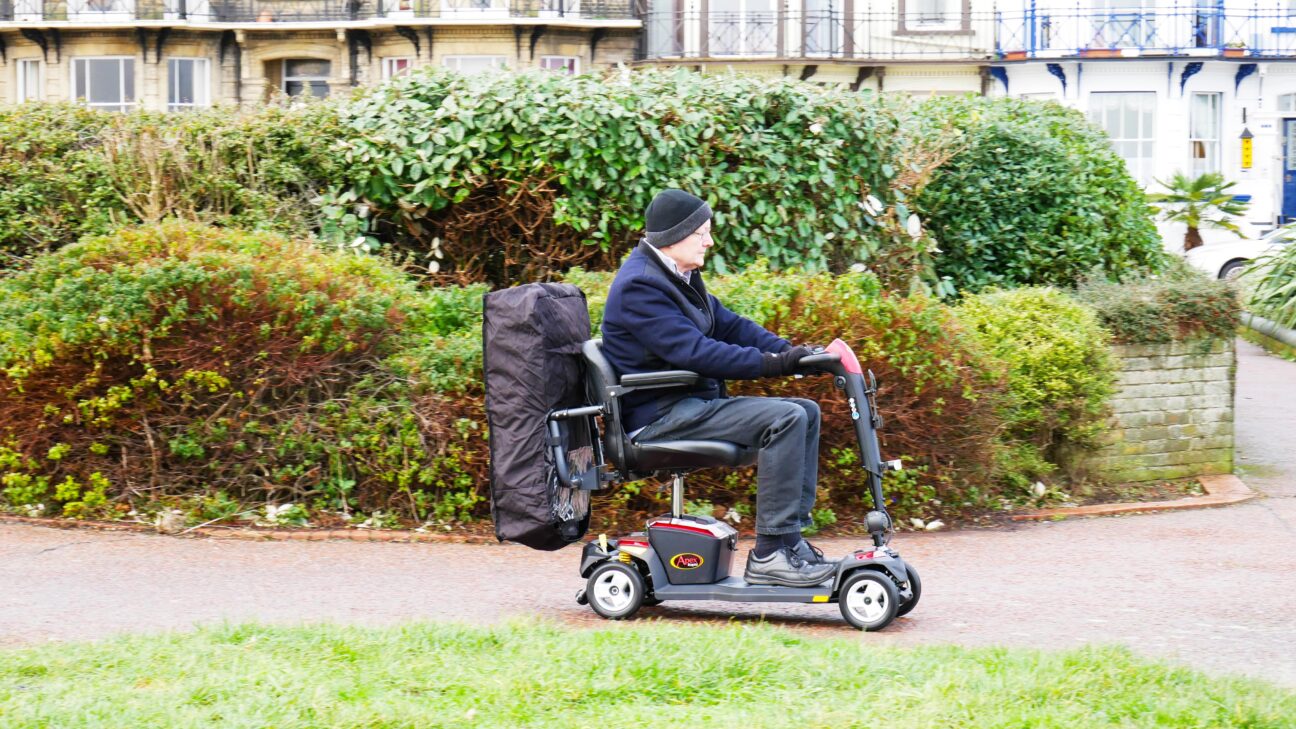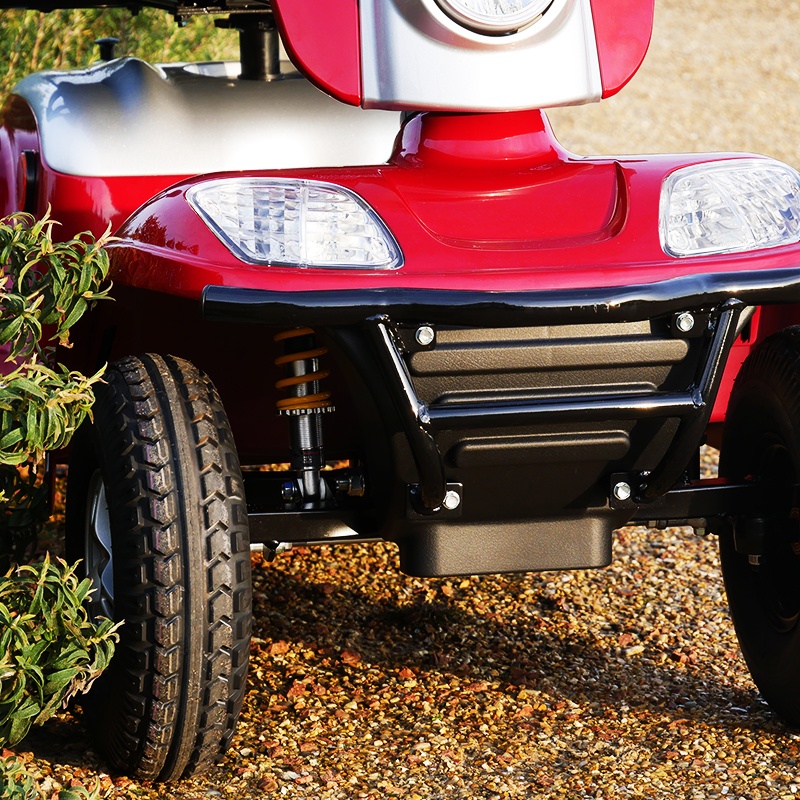

Do you want your 2020 to be filled with loads of adventures? Don’t let the rules stop you! Here’s everything you need to know about where you can drive a mobility scooter so you can start planning your cheeky escapades now.
Mobility Scooters on the Pavement
Mobility scooters are separated into 2
classes by the government: Class 2 and Class 3. Both classes of mobility
scooter can be used on the pavement, but the universal rule is that they cannot
travel faster than 4mph.
Even though Class 3 mobility scooters are
road legal, they can still be used on the pavement as long as they don’t exceed
4mph. You cannot park on the pavement where you could cause an obstruction.
Mobility Scooters the Road
So, as you can see, Class 3 mobility
scooters are road legal so they can be driven on the roads, but Class 2 cannot.
Class 3 mobility scooters usually have a top speed of 8mph and will have
similar features to a car, so they are suitable for road use. These
characteristics include lights (indicators, reflectors, hazards), a horn, rear
view mirrors and an efficient braking system.
No matter how wild and wacky you are, you
should always remember to follow the Highway Code just as you would in a car.
Cars around you will be travelling a lot faster than you, so stay safe and
avoid busy roads where you can.
What About Dual Carriageways?
You won’t believe us when we say it, but
you can use Class 3 mobility scooters on the dual carriageway! It is essential
that you have an active flashing amber light though and we would advise not to
drive on a dual carriageway that has a speed limit of over 50mph. You cannot
drive it on a motorway though, that is a no-go.
What About Bus or Cycle Lanes?
Just like a car, you are not allowed in the
bus or cycle lanes when driving your mobility scooter.
Mobility Scooters on Public Transport
Public transport rules regarding mobility
scooters vary from company to company, so it always important to ask before you
assume.
Buses
Some bus companies, but not all, are signed
up to the Confederation of Passenger Transport (CPT). This code of practice
includes completing a training session on how to board and exit buses safely
with your mobility scooter. Once successfully completed, you will receive a
permit that allows travel on bus companies that have signed up to CPT.
Some companies run a scooter permit scheme
so you can take Class 2 mobility scooters on board. They assess your scooter to
make sure it fulfills health, safety and size requirements, and give you a
permit once it has been approved.
Trains
Every train company differs alongside the size and facilities of the train, so you always have to check before travelling. Some may let you put your scooter in the disabled area on the train, some may require a permit to be shown, some may only have enough space for a folding scooter, and some may ban them completely.
Mobility Scooters in Shops
Disabled access means mobility scooter
access, so yes you are allowed to enter shops. Be careful not to shop until you
drop though! Some guidelines we advise you to follow are:
- Larger mobility scooters will
struggle to navigate, so it is best to take a smaller one or a folding scooter
if you can. - Always drive at pedestrian speed
and no faster than 4mph. - In large crowds, drive even slower
so you give people time to move out of the way if needs be and you maintain
control. - Always reduce your speed when
turning corners.
Where Do You Want to Drive Your Wild & Wacky Mobility Scooter?
Now you know where you can drive your mobility scooter, where are you gonna let life take you? The world is your oyster! If you have any other questions or want to find out which scooter is best suited to your planned adventures, contact our Wild & Wacky team today.



